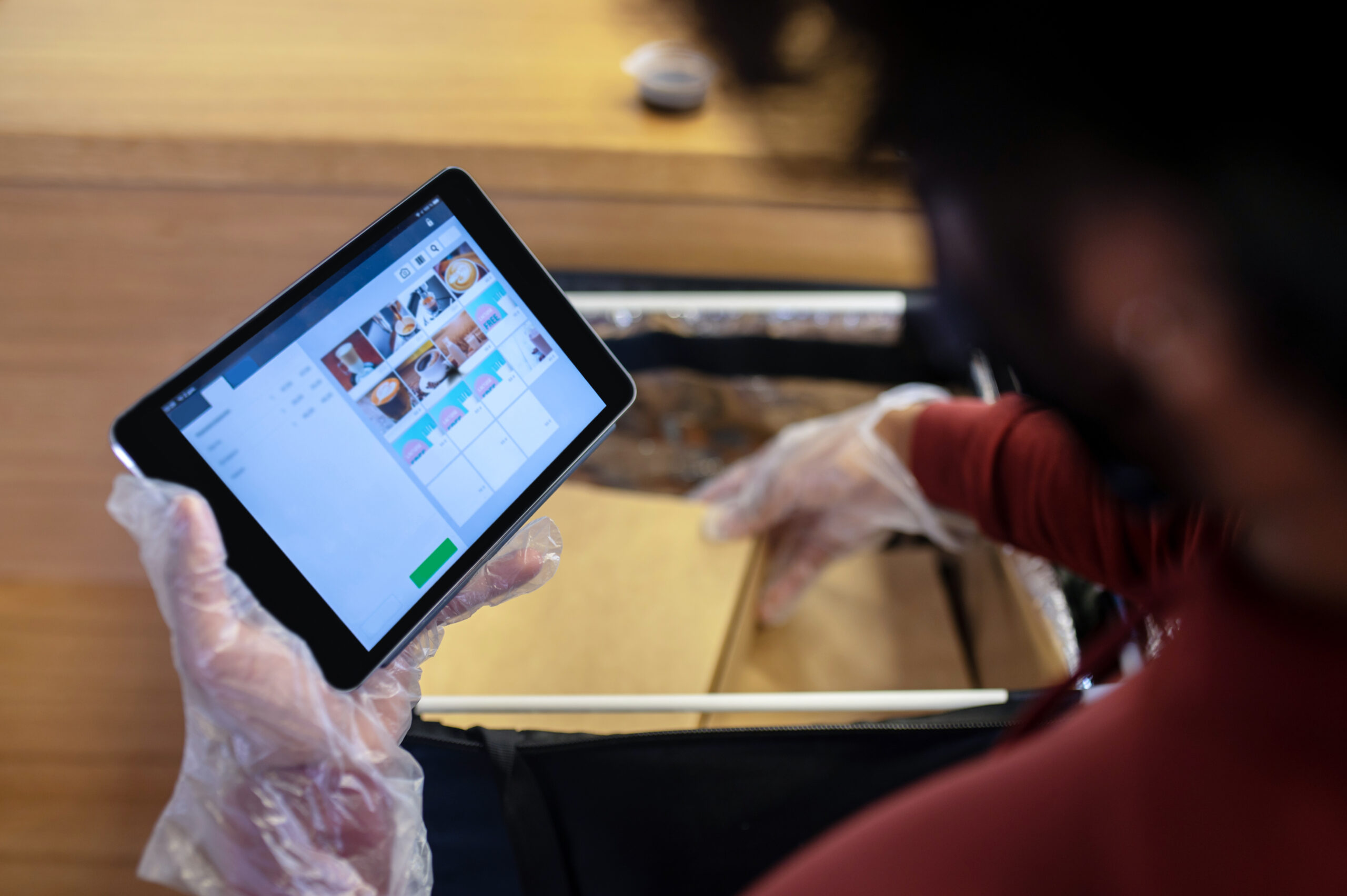In the retail industry, middleware is used to integrate a retailer’s point-of-sale (POS) terminals with their inventory management system. The middleware would act as a bridge between the two systems, allowing them to share data in real-time. This would enable the inventory management system to automatically update stock levels based on sales data from the POS terminals, and vice versa. This would help the retailer to have a more accurate view of their inventory levels and avoid stockouts or overstocking.
Another example of middleware use case in retail industry is using middleware to integrate a retailer’s online store with their brick-and-mortar store, so that customers can purchase items online and pick them up in-store, or purchase items in-store and have them delivered to their homes. The middleware would act as a bridge between the two systems, allowing them to share data in real-time and providing customers with a more seamless shopping experience.
Additionally, middleware can also be used to integrate retailers’ data with third-party systems such as marketing automation or CRM tools, which can help retailers to better understand their customers’ behavior and preferences, and personalize their marketing efforts.
There are several middleware frameworks that are commonly used to integrate different systems and applications. Some examples include:
- Enterprise Service Bus (ESB): An ESB is a middleware framework that provides a centralized infrastructure for integrating different systems and applications. It allows different systems to communicate and share data in a standardized and efficient way, and can help retailers to reduce the complexity and costs associated with integration.
- Application Programming Interface (API): APIs are a way for different systems and applications to communicate and share data. Retailers can use APIs to expose the functionality of their systems to other systems and applications, making it easier to integrate with other software.
- Extract, Transform, Load (ETL) tools: ETL tools are used to extract data from different systems, transform it into a standardized format, and load it into a data warehouse or other system. Retailers can use ETL tools to integrate data from different systems, such as POS terminals, inventory management systems, and customer relationship management systems.
- Cloud Middleware: Cloud middleware solutions are designed to help organizations connect, integrate, and manage cloud-based applications and services. These solutions can help retailers to connect their on-premise systems with their cloud-based systems, and automate the process of integration.
- Integration Platform as a Service (iPaaS) : is a cloud-based platform that enables businesses to integrate and manage their applications and data sources. iPaaS solutions can provide a wide range of integration capabilities such as data integration, application integration, and process integration.
These are some examples of middleware frameworks that can be used in the retail industry to integrate different systems and applications, and help retailers to improve their operations, data management, and customer experience.

Leave a Reply